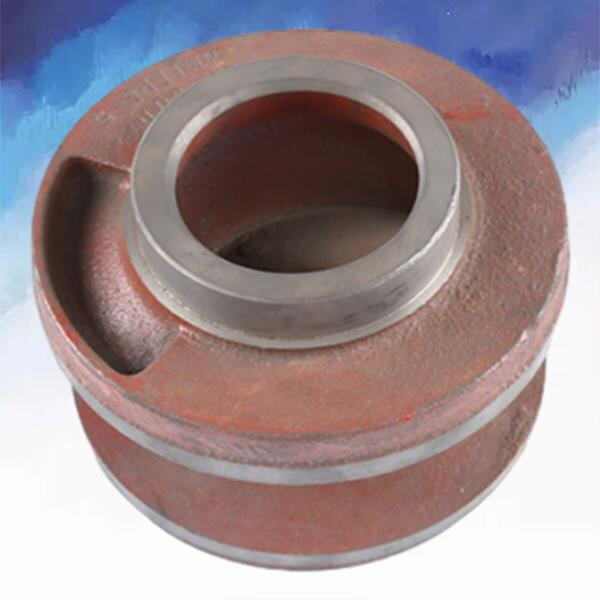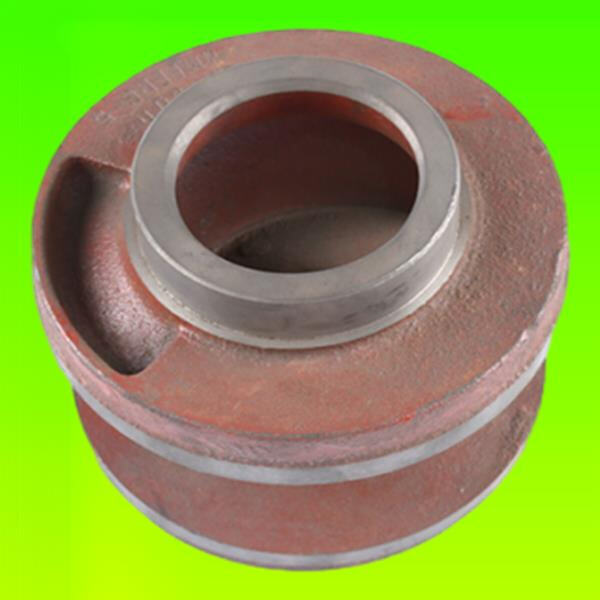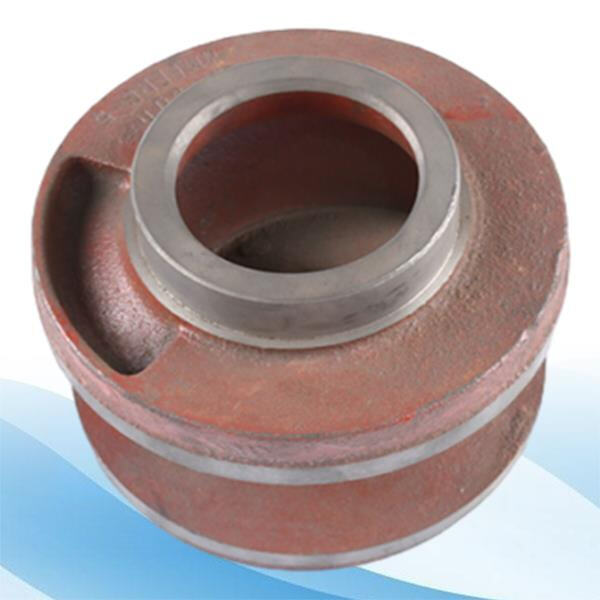Ductile cast iron has stronger tensile qualities and toughness. It is also used in making machines and tools, hence it can endure excessive wear and tear. Ductile cast iron is also highly versatile since it can be easily molded into various shapes. In the following text, we will understand ductile cast iron continuities, which has become a popular material in the engineering field.
It can used in numerous ways to make durable and flexibleProducts using Ductile cast iron. It is often used to make parts for cars and trucks. It is tough and can take a lot of pressure, for example. It’s also used to manufacture pipes and fittings for buildings as it can withstand heat and frigid temperatures.
This material is quite strong and difficult to break. It is resistant even during tough times and does not damage easily. The is why people make certain components of trains and airplanes by ductile cast iron, as the information can absorb a significant amount of stress without bending or breaking. This makes it reliable and safe for engineering projects.

Due to its workability, ductile cast iron makes an exceptional material for manufacturing heavy-duty parts and machines. It can be melted and poured into molds to make various shapes. Also, as they can be machined to exactly what is needed, this is highly convenient for components like gears and pistons for machines.

This material can also be formed into highly detailed shapes. It is used, for instance, to fabricate tiny, detailed components of clocks and watches. Being able to model different shapes is why ductile cast iron is so appealing to engineers and designers.

Secondly, ductile cast iron is less expensive than steel, making it a preferred material for the manufacture of machines and tools. For example, it is used to create construction equipment parts because it is strong and durable but less expensive than steel. This allows companies to save money at the same time when creating their products.

